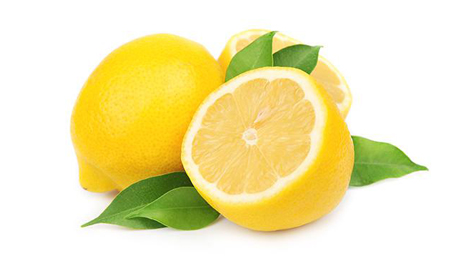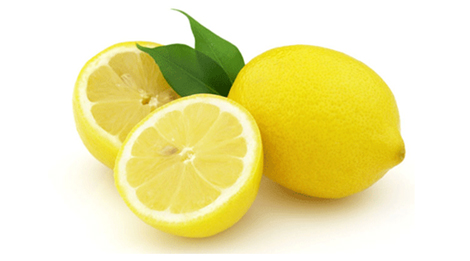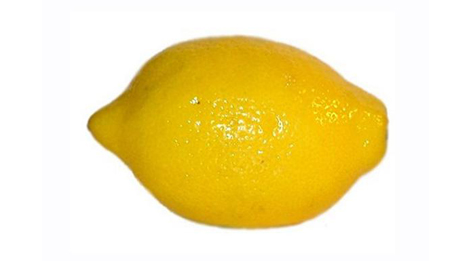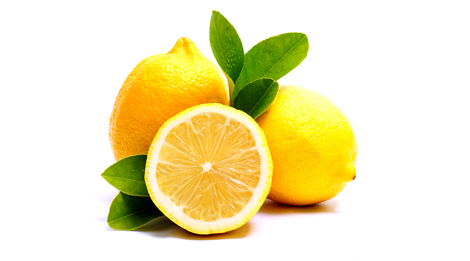The Meyer lemon thrives in sunny climates where the temperature difference between day and night is not too extreme. Its most distinctive features compared to other lemon varieties are its smaller size, thinner peel, and higher juice content. Unlike many commercial lemon varieties, the Meyer lemon is not primarily grown for export markets; its main market focus is domestic consumption.













The Enterdonato lemon, the earliest-ripening lemon variety for export, is cultivated mostly in Turkey’s Eastern Mediterranean region, where it is grown more extensively than anywhere else in the world. Its fruit is large, long, and cylindrical, with a distinctive feature — the blossom end (nipple) is slightly tilted to one side. The flesh is greenish-yellow and contains few seeds. Being an early-season variety, Enterdonato is not suitable for long-term storage and is highly sensitive to environmental conditions, often shedding its leaves easily. It is considered a moderately productive variety. At full maturity, the juice content makes up about 32% of the fruit’s weight, and its acidity is around 7.02%.













The Lamas lemon is an ecology-sensitive variety that can be cultivated only in a specific region of Turkey’s Mediterranean coast, particularly west of Mersin (Erdemli–Silifke area). Its fruit is medium-sized, cylindrical, with a distinct neck ring and a prominent nipple. The peel is smooth, glossy, and yellow, while the flesh is juicy, highly aromatic, and flavorful. Lamas lemons can be stored for up to nine months under proper conditions, making them highly valued for their long shelf life. Considered the highest-quality lemon variety produced in Turkey, the Lamas lemon has a juice content of up to 35% and an acidity level of about 7.19%.

























The Eureka group of lemons forms a large, almost round canopy. Its leaf color is lighter compared to the Lisbon group. The fruit has a medium-thick, somewhat coarse peel that is rougher than most other lemon varieties. The blossom end (nipple) is more rounded and less prominent than in other types. Eureka lemons are highly susceptible to the “drying disease” (Uçkurutan) and are the least cold-hardy lemon variety, making them more vulnerable to low temperatures compared to other lemon groups.








